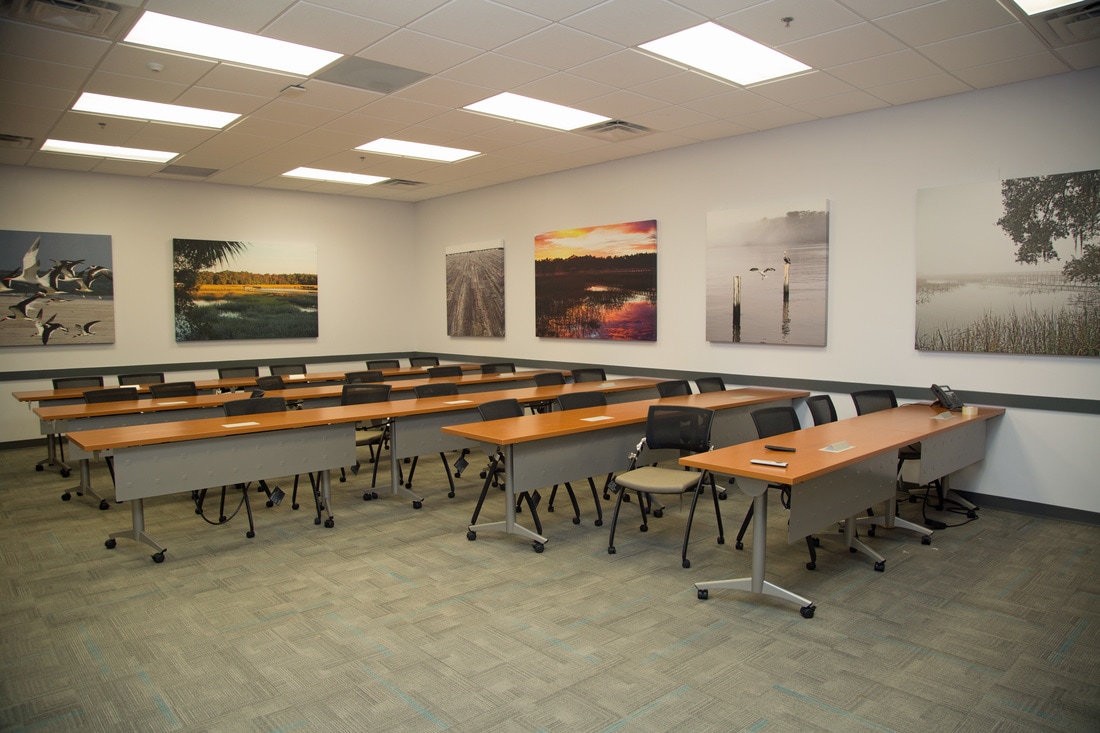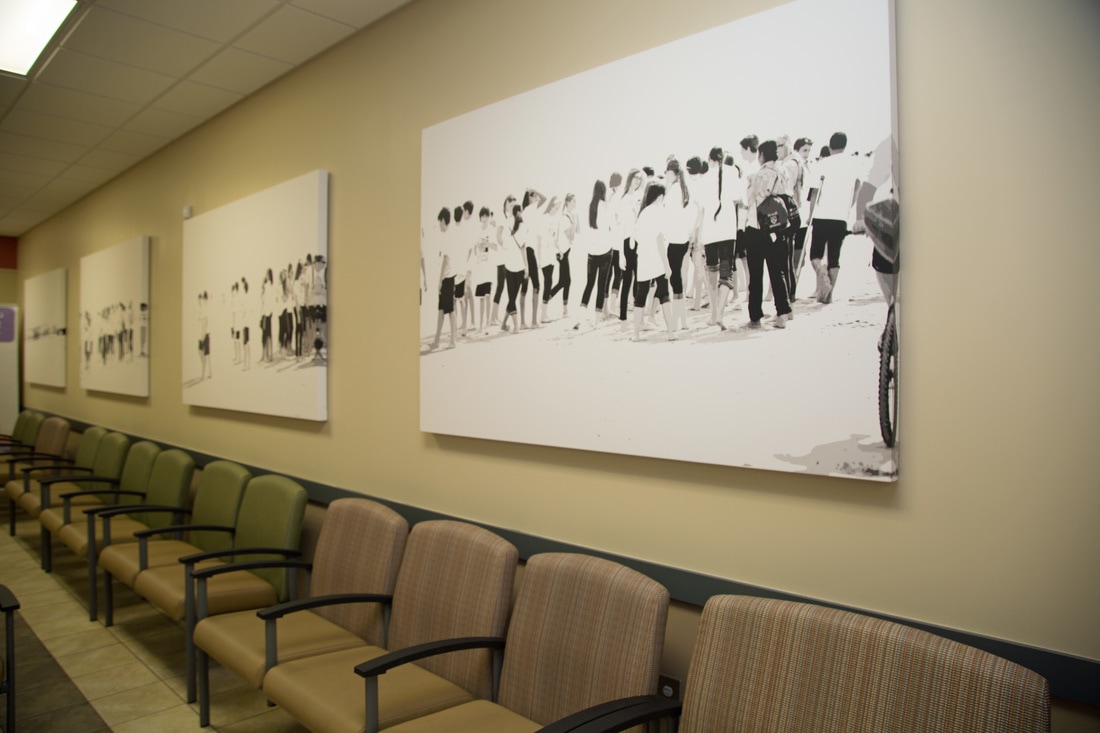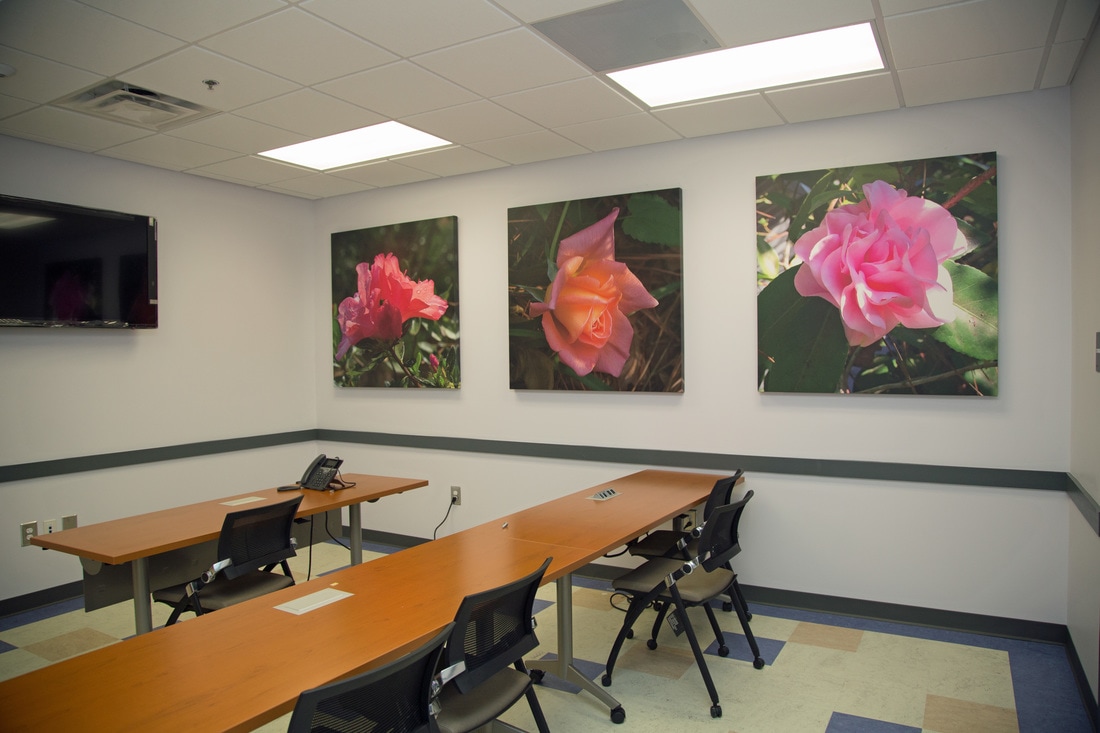|
The Healing Power of Art: Can Hospital Collections Help?
by JACOBA URIST Most of us agree that hospitals are inherently stressful and it's pretty bleak to stare at a blank wall or wait for a doctor in a cramped, dark room. Sick or not, we'd prefer a sunny view or a Monet watercolor. Yet in an era of escalating healthcare costs, it's important to justify spending on aesthetics and design. Can an attractive drawing or photograph reduce pain or anxiety? Do patients with art in their environment heal faster? More and more hospitals think so. And they're putting big money behind it, transforming what were once cold, sterile spaces into mini-museums and contemporary art destinations, complete with audio guides and video installations. More than 40 percent of health care facilities in 2007 had arts programs, including musical performances, healing gardens and art classes, according to a2009 report from Arts & Health Alliance, a Washington, D.C., nonprofit. And permanent, public art displays — such as paintings and murals — were the most prevalent. Hospital art has only grown in the last five years, said Leslie Faerstein, executive director of Arts & Health Alliance. She anticipates that the organization's 2015 study will find a significant increase in the number of health care facilities with art programs. At Stephen Thurston Photography, we create, produce and install original artwork to promote optimism, health and well being. We offer artworks for purchase as well as leasing programs that allow for rotation and a dynamic healing and working environment for patients, residents and staff. Most of our artwork is site and region specific, and we also create custom themed collections. The waiting game Make waiting more pleasant. A 2002 study conducted by Allison B. Arneill and Ann Sloan Devlin of the Connecticut College Department of Psychology and published in The Journal of Environmental Psychology found that the physical environment of a physician waiting room related to the perceived quality of care. Subjects believed the quality of care was better when they saw pictures of waiting rooms that were warm in appearance, with nice furnishings and artwork and good lighting, versus ones that were dark and unattractive. Environmental attractiveness also affects the patients’ positive impressions of interactions with staff. The most desired feeling was found to be “calm.” Positive distractions can help patients while away their time, too. There’s a high degree of evidence that nature-based distractions (views to a garden, landscape art, a tank of colorful fish) help make patients feel calmer and more relaxed, as well as less aware of time ticking away. Call us at 912.308.9850. |



